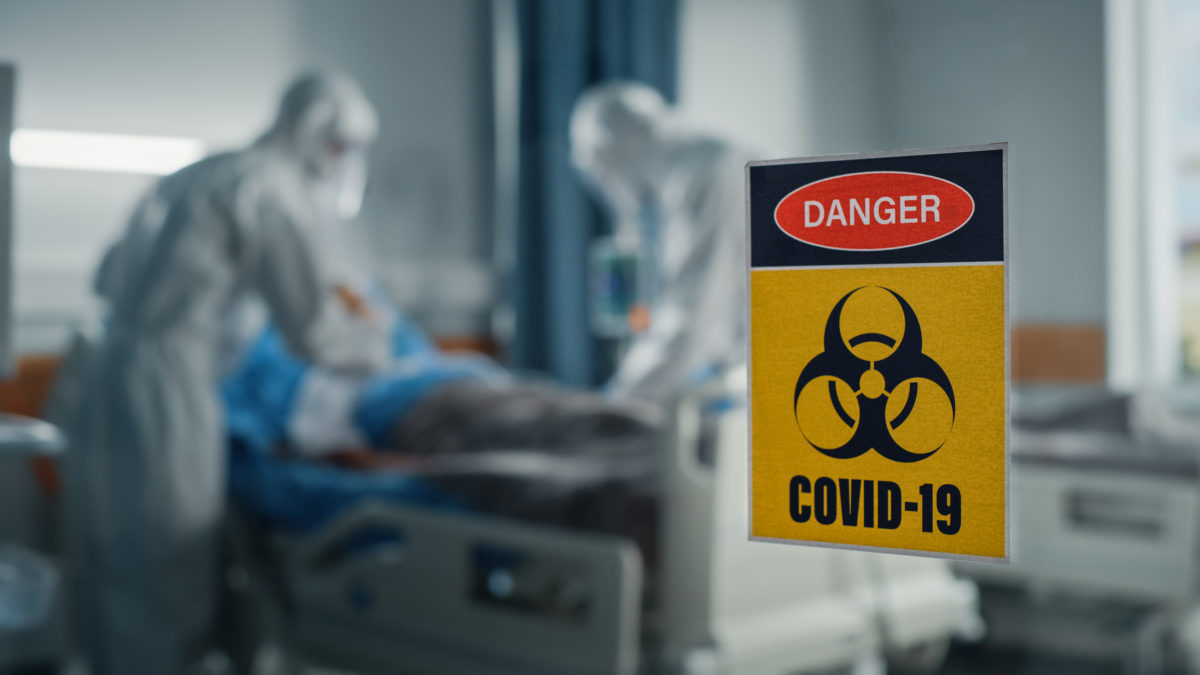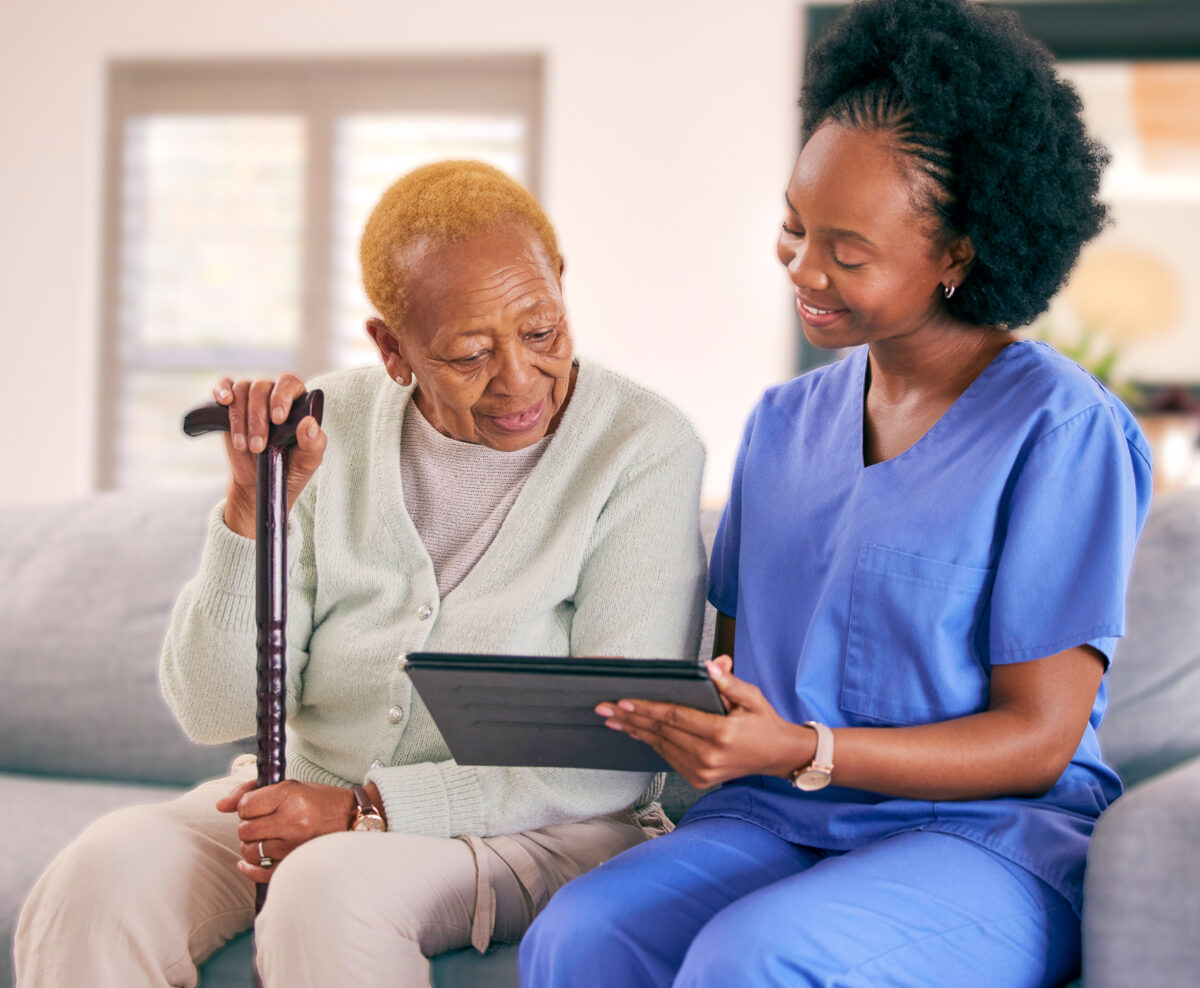How Philadelphia is preparing for the next pandemic
By Jay Nachman
When the COVID-19 pandemic began in early 2020, the City of Philadelphia’s Department of Public Health was prepared. The department has a Jurisdictional Risk Assessment (JRA) used to rank hazards and allocate resources before emergencies happen. Because the pandemic had been ranked as the number one public health preparedness priority in the JRA, the department had developed a pandemic response plan that was used for framing the initial approach to COVID-19.
While assessment planning encompasses all populations, special attention is paid to populations that might be at higher risk for certain emergencies, said Jessica Caum, who is acting first administrator, Division of Disease Control & program manager, Bioterrorism and Public Health Preparedness Program at City of Philadelphia, Department of Public Health. Pandemics, infectious disease outbreaks, such as seasonal influenza, severe storms and extreme heat events are all emergencies that can result in more severe outcomes for older adults.
Caum, who believes that another pandemic is a matter of when and not if, said communication was key during the pandemic and remains critical during any emergency. It is important for older adults to have an emergency communications plan, and a reliable person or network that can check on them.
So vital is communication, Caum said, the city has built its capacity to reach as many people as possible with relevant health information. It has expanded its Community Response Partner Network, which is used to notify organizations about public health emergencies, to include more than 1,000 organizations. Those organizations then use their own communication networks to share information with the communities they serve.
“We’re hopefully reaching many, many more people because those organizations are then disseminating that information,” Caum said. While the city is disseminating information as widely as possible to “trusted messengers,” it is also important for residents to know where to get reliable information from, such as health care providers, public health agencies or other trusted organizations. This is especially true for older adults with chronic health conditions who need to be aware of what is happening.
If there is another pandemic caused by a “novel pathogen,” that few, if any people have immunity to, it will take time develop a vaccine. Before a vaccine is developed, the city will have to get information out so people can protect themselves from the emerging disease. For this reason, Caum said, it is important for people to continue to practice respiratory hygiene by covering up coughs and sneezes with an arm or elbow and other good public health practices such as frequent hand washing.
Yvonne Michael, professor of epidemiology at Drexel University’s Dornsife School of Public Health, is an expert in social connectedness and health and contributed to research related to the loneliness that people experienced during the pandemic.
During the early days and even throughout the pandemic, when assisted living facilities and nursing homes were not accepting visitors, many residents lost in-person access to their family caregivers or informal supports. Many also didn’t have access to support and needed information until virtual tools were in place.
In the meantime, Michael wondered, how do we balance the loss of social connectedness and caregiving with the health benefits of restricted access?
Older adults were most at risk from COVID-19 and poor outcomes, so they were in a very dangerous position, Michael said. But they were also “at high risk for the indirect or the downstream effects of the control measures that we put into place. The stay-at-home order, the elimination of caregiver outsiders from care homes put a lot of older adults who were living alone or in facilities at real social emotional risk which translates into physical health problems.”
In other words, Michael said, older adults had increased risk for COVID-19 but also increased risk of poor outcomes related to limited social connections and support due to the control measures.
“In thinking about the next pandemic,” Michael said, “knowing what we know, we need to be prepared to mitigate some of those effects of our control measures. Not that we don’t want to put the measures in place to keep everyone safe, but we need to be very thoughtful about what the tradeoffs are for older adults.”
Michael suggested having virtual communication tools in place prior to the next pandemic so that family members and caregivers have immediate access to older adults in their lives. And much like the learning pods that were created for younger students to have connections while they weren’t learning in school facilities, something similar can be initiated for older adults.
“We’re going to need to think more creatively because the costs to older adults in terms of their mental health and well-being are very steep. We can do better while also keeping people safe from COVID,” Michael said.
Preparing for the next emergency
While a pandemic is the number one threat on the City’s Jurisdictional Risk Assessment, other hazards the City is prepared for include storms; extended power outages; extreme heat; and localized infectious diseases, such as hepatitis and biological terrorism.
The Department of Public Health’s Jessica Caum encourages people to plan for all emergencies and of fersthese suggestions:
“For any emergency, we encourage people to have a communications plan. I think it is important for older adults to make sure that they have those networks or to have someone they can rely on who’s checking on them,” she said.
“While that’s something we really try to emphasize with respect to heat emergencies, having a plan is also important for other emergencies. Just making sure those community networks are in place is key,” she added.
Caum recommends maintaining a supply of water and food and other household items in the event there is a need to shelter in place for three or more days. In addition, older adults and people with chronic health conditions need to plan ahead regarding their medications. Severe storms can cause power outages and people should have battery backups for medicines that need to be refrigerated or medical equipment that runs on electricity.
Having an emergency supply in the event a person can’t leave home or a caregiver can’t come to a residence is smart.
With some emergencies, such as a fire or a flood, a person might suddenly need to leave home. For that reason, people should have an evacuation plan. Caum said an evacuation plan should include “where are you going? If you need assistance, who is going to help you? How are you going to get to the place you need to go to and what should you take with you?”
Jay Nachman is a freelance writer in Philadelphia who tells stories for a variety of clients.




